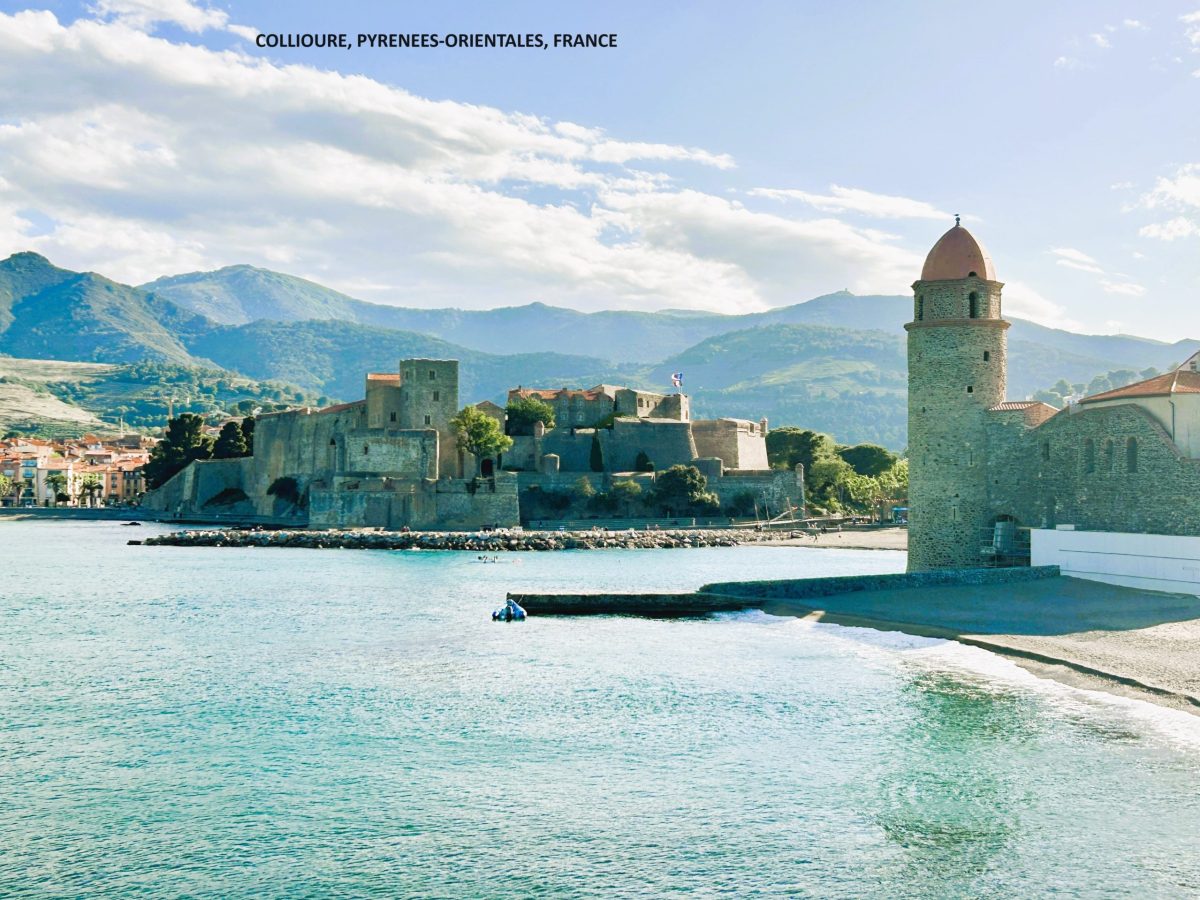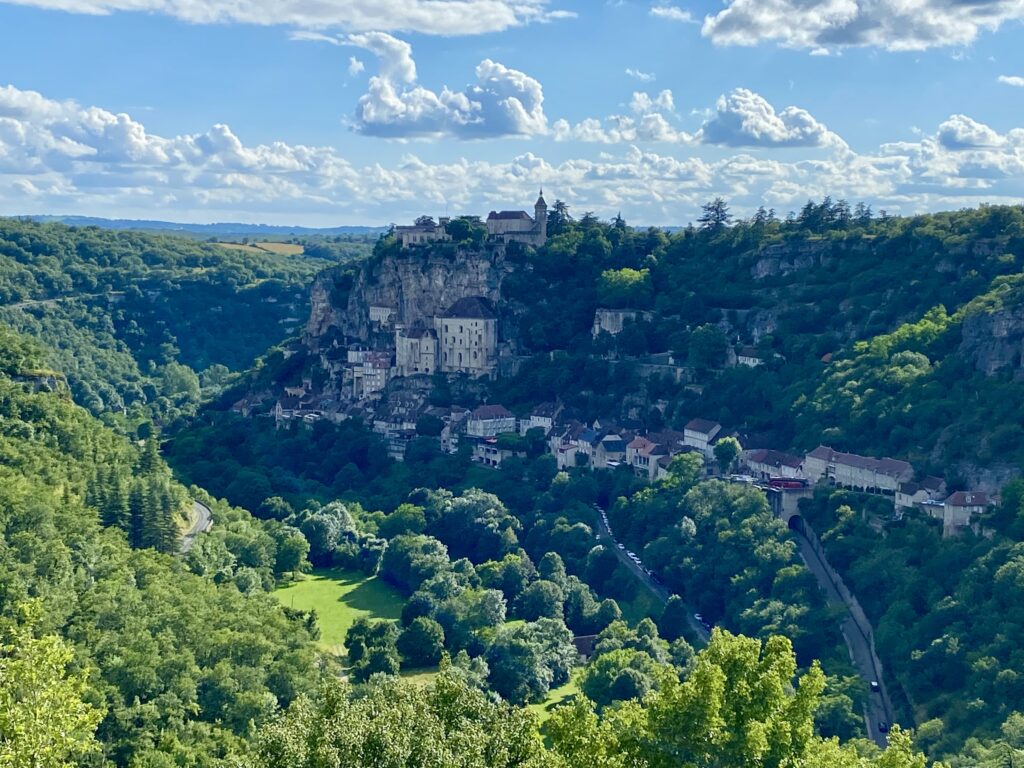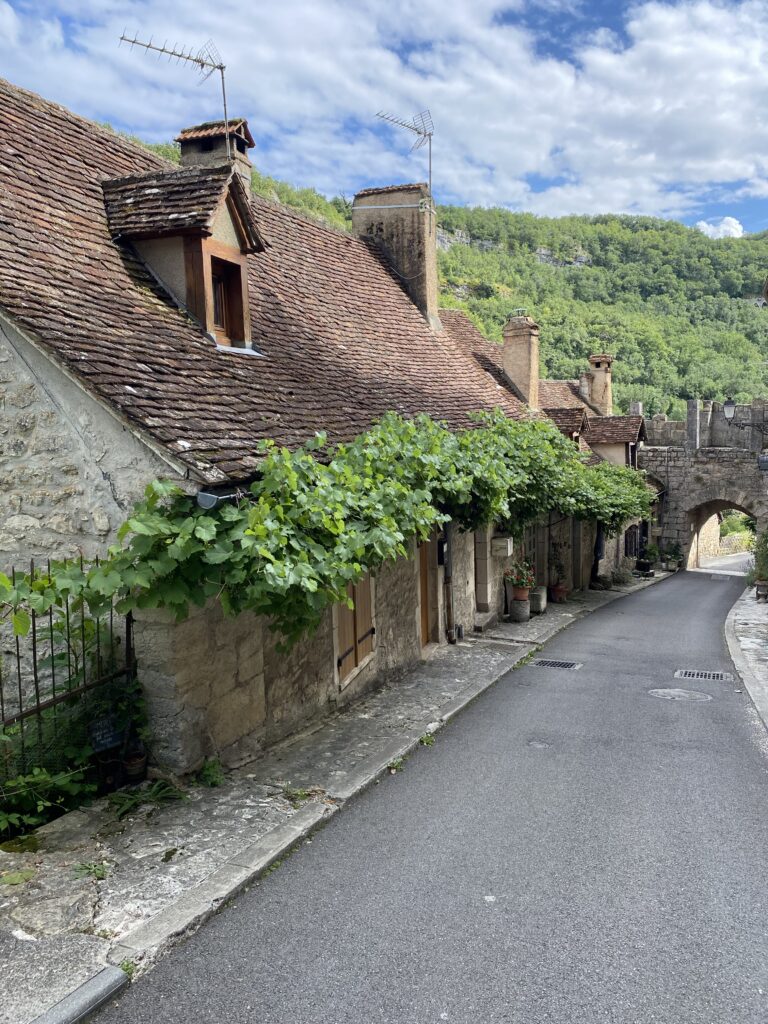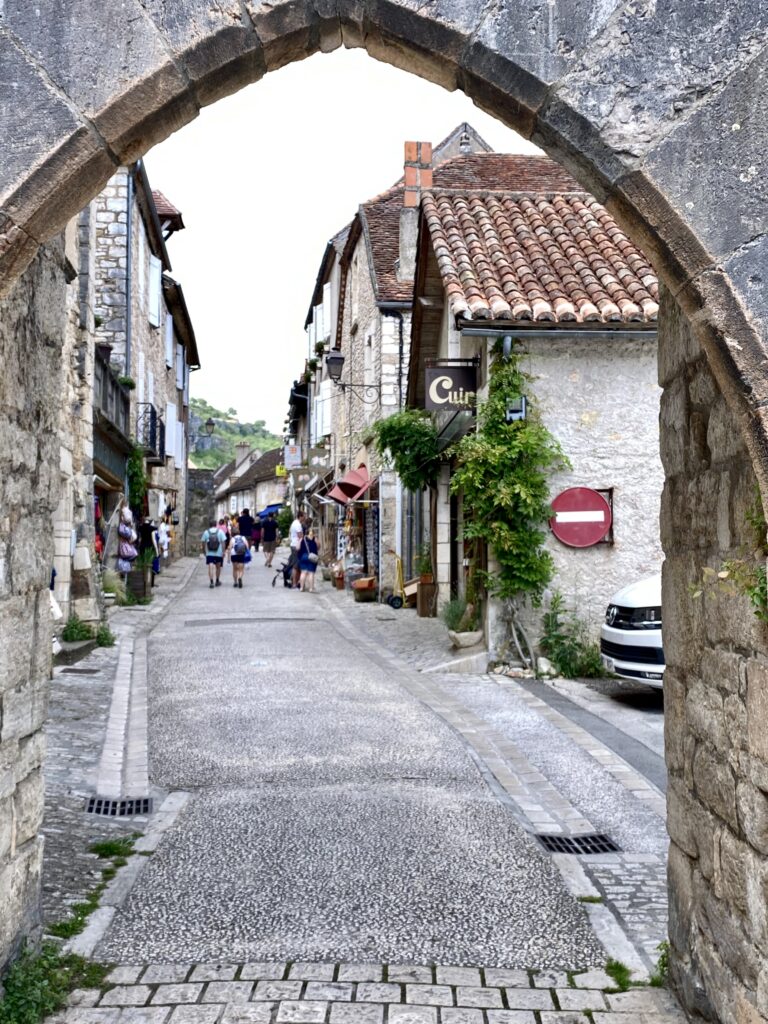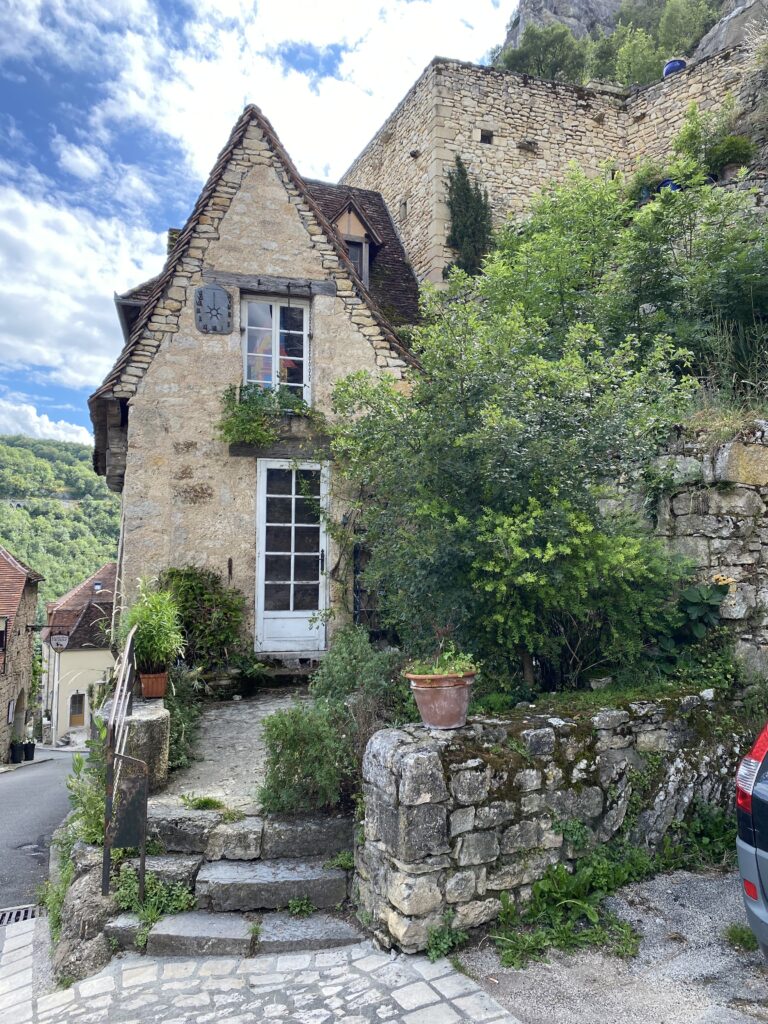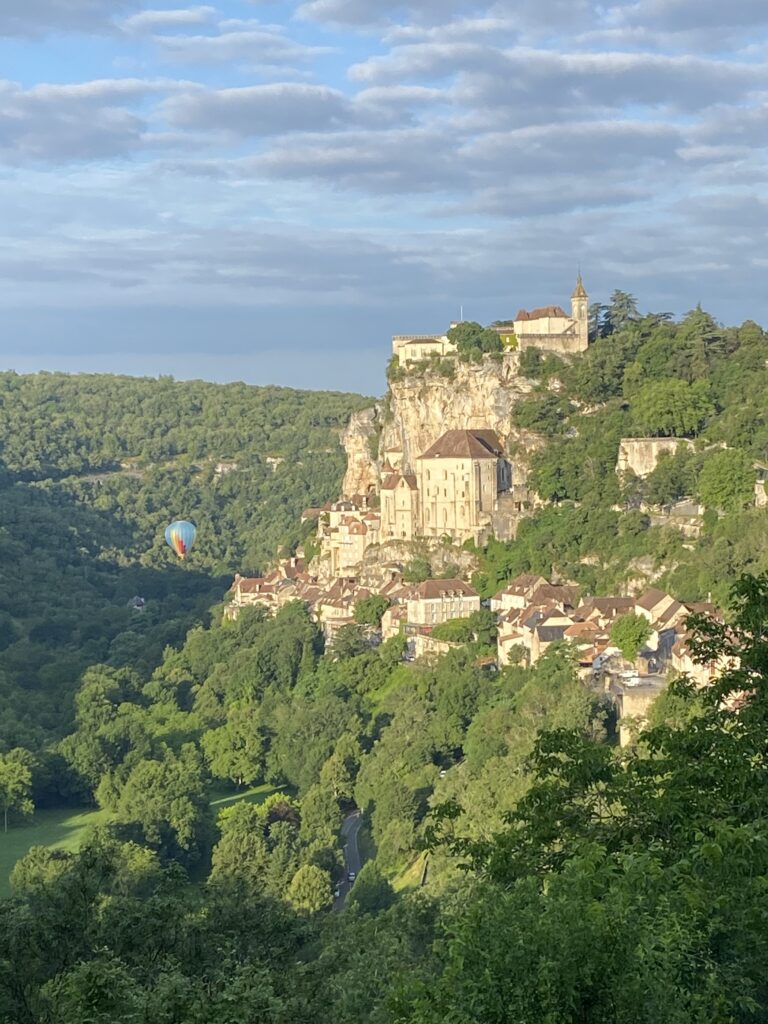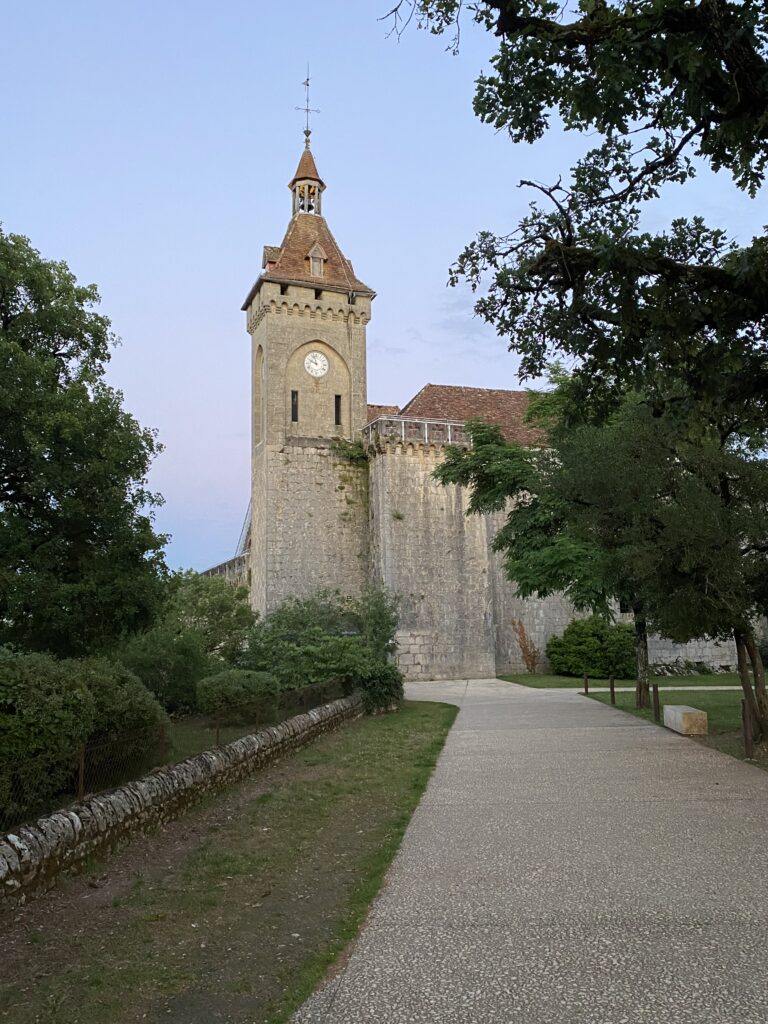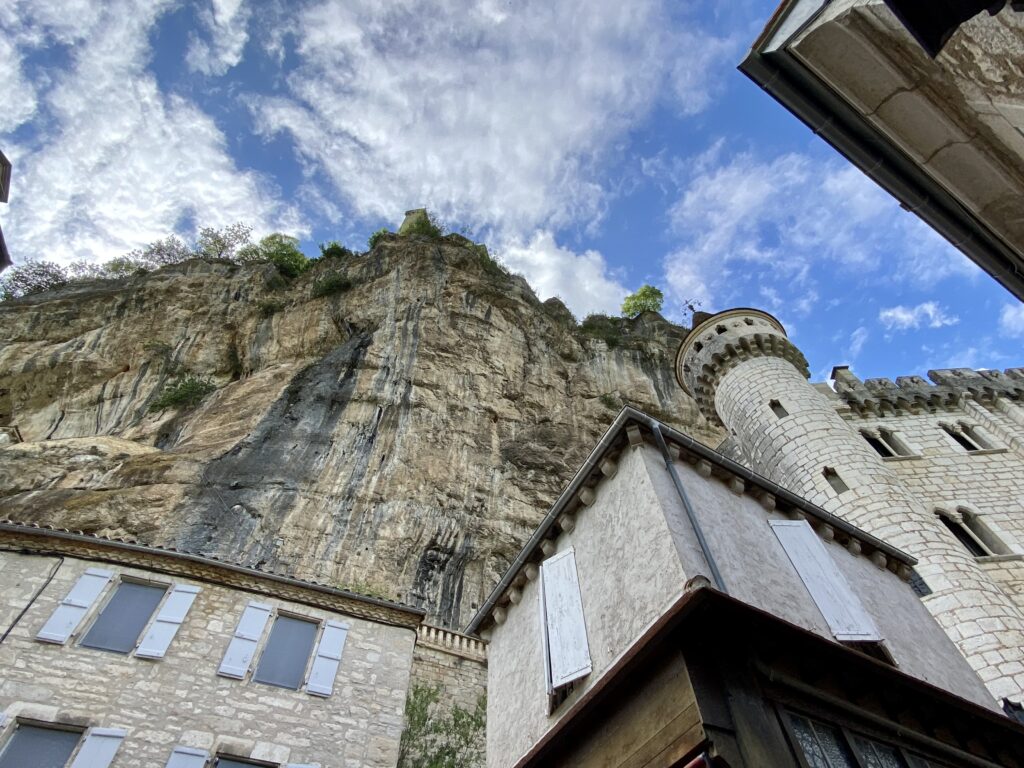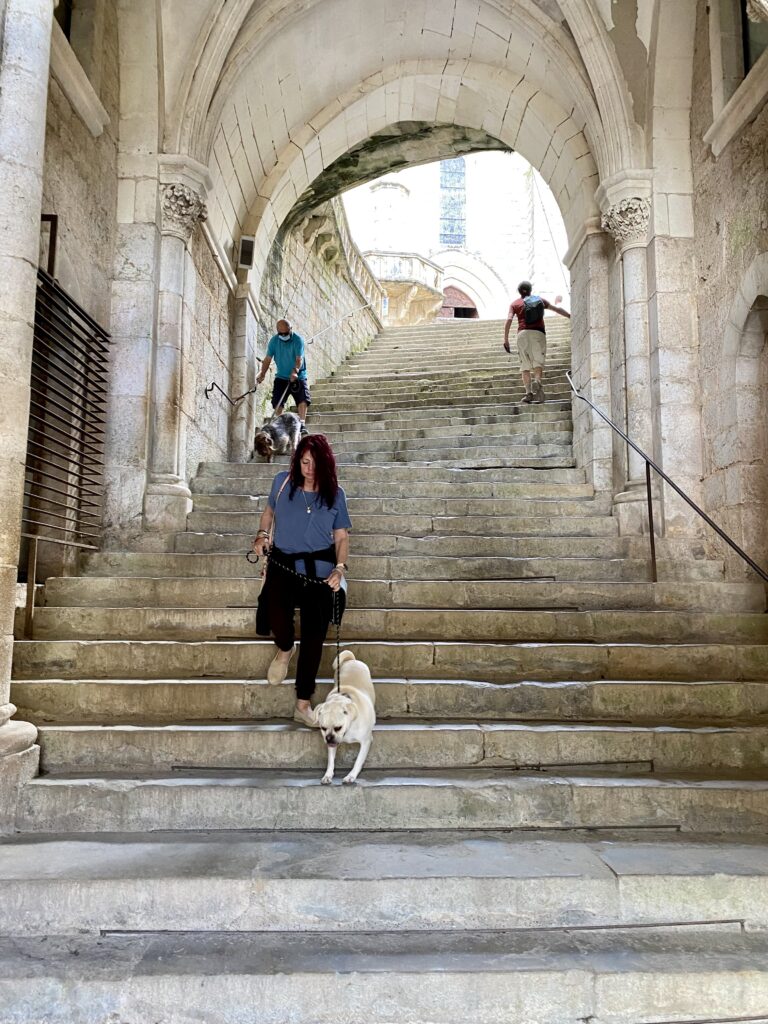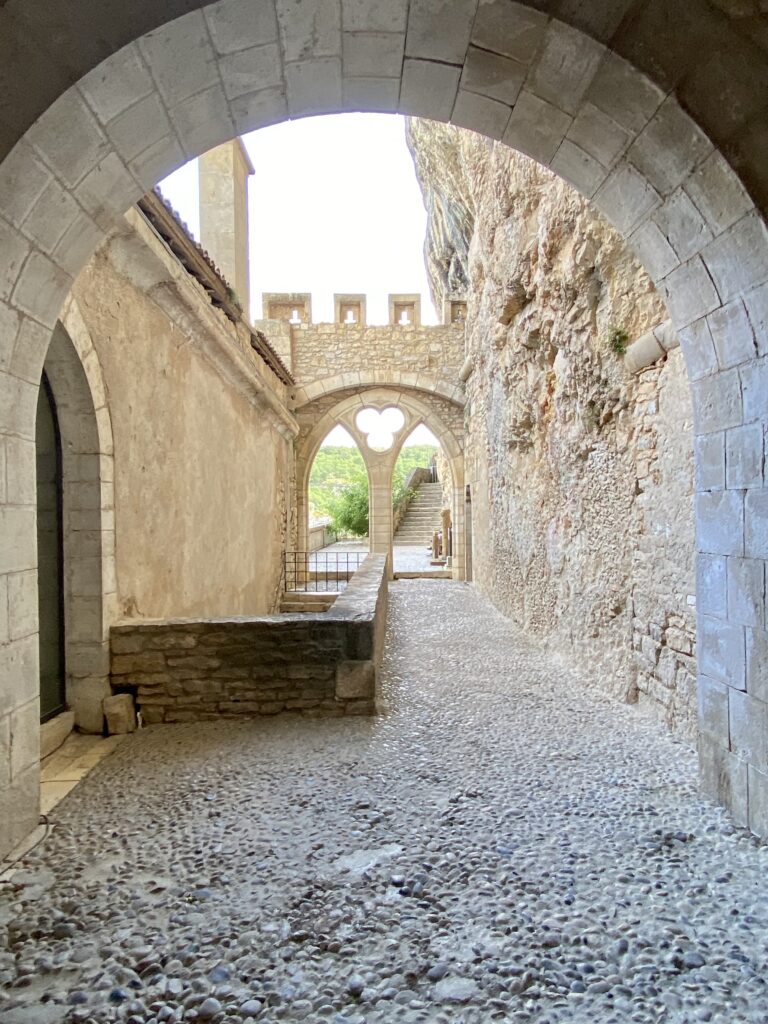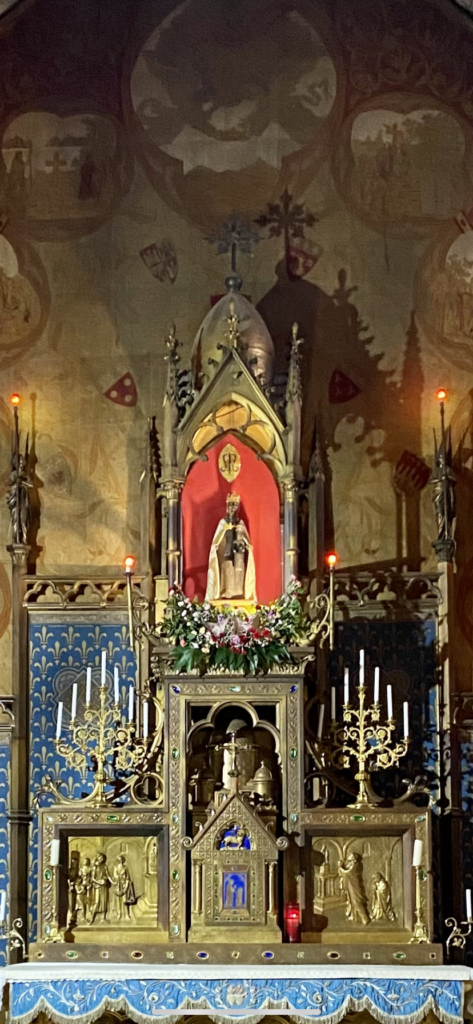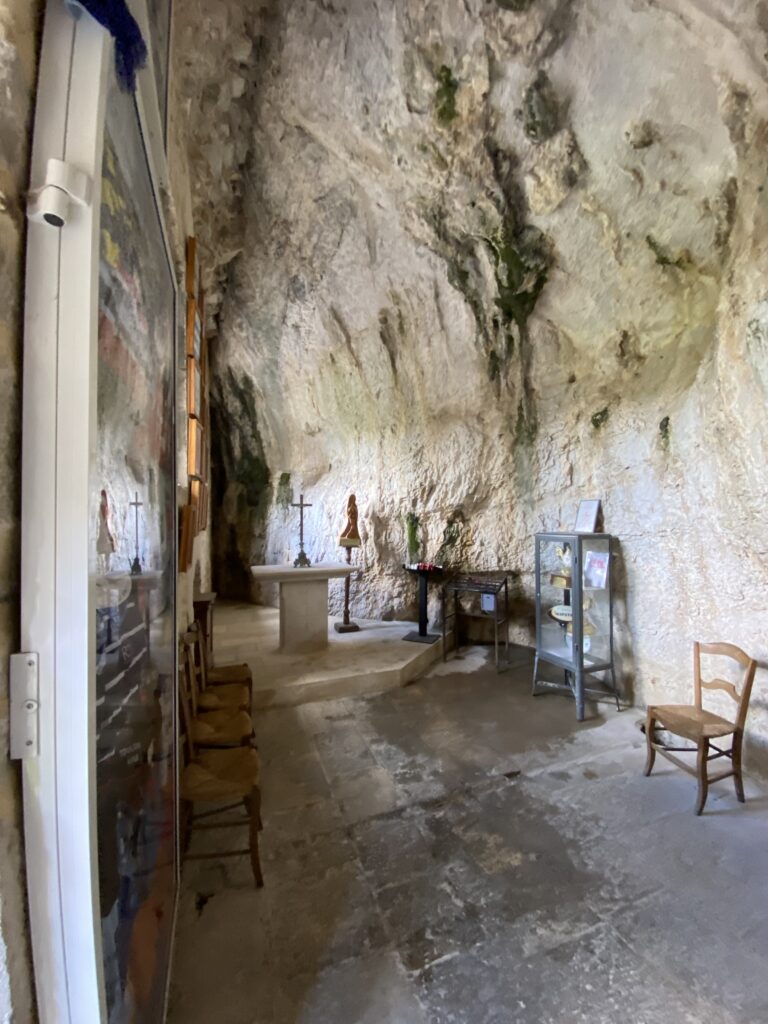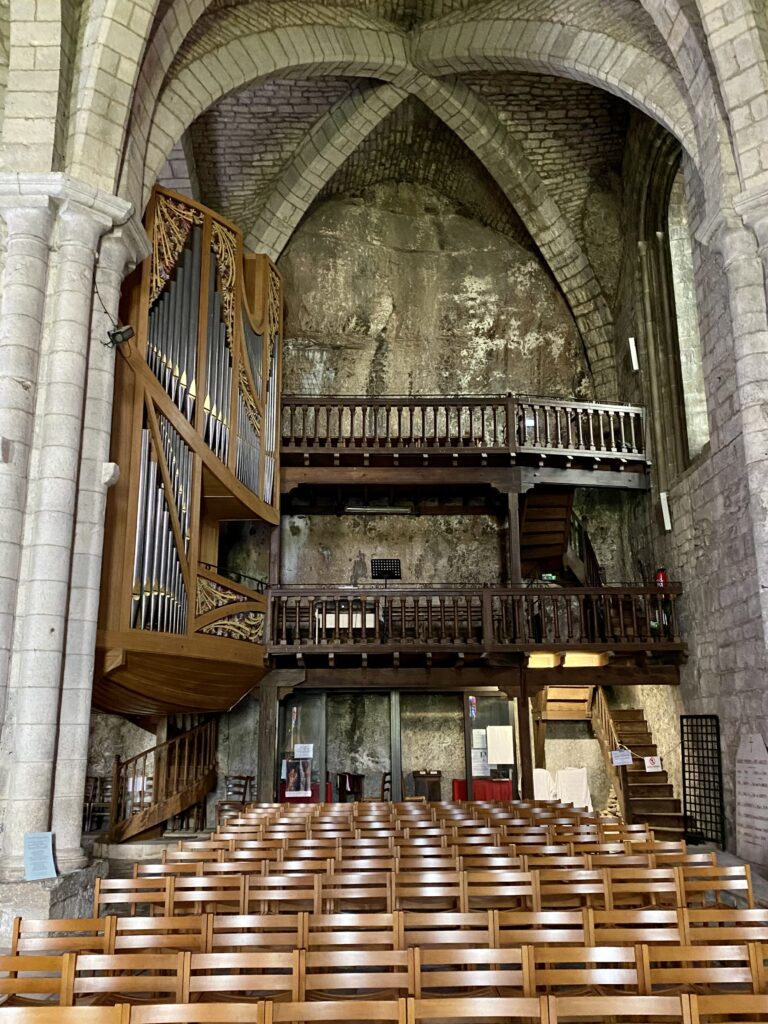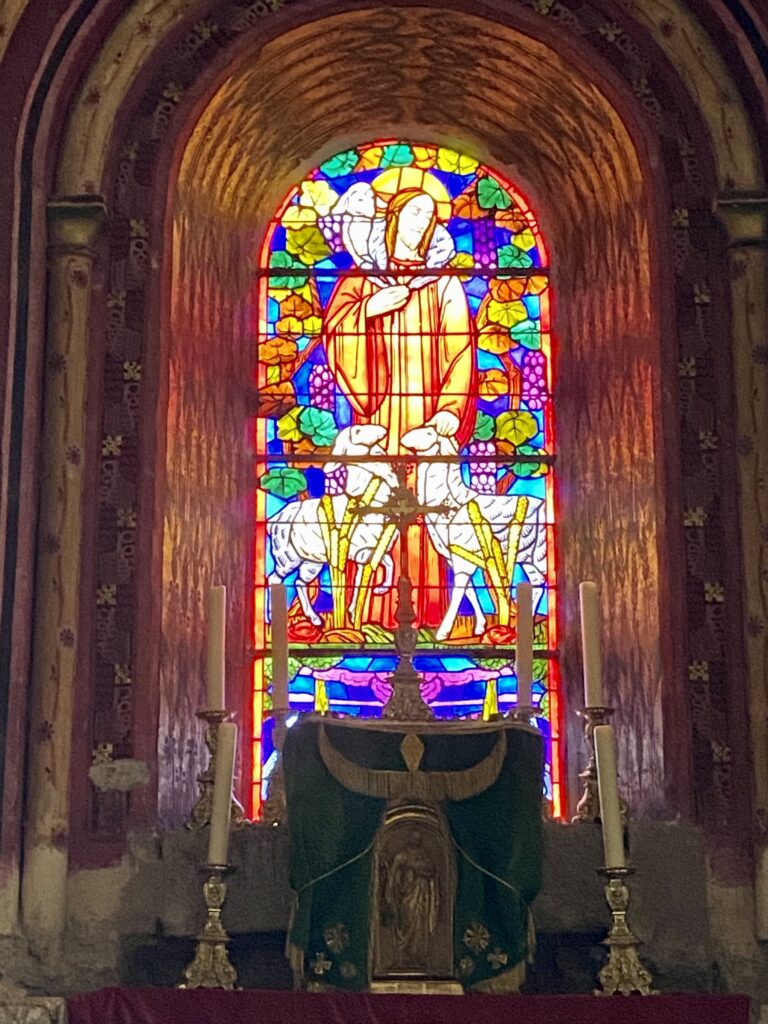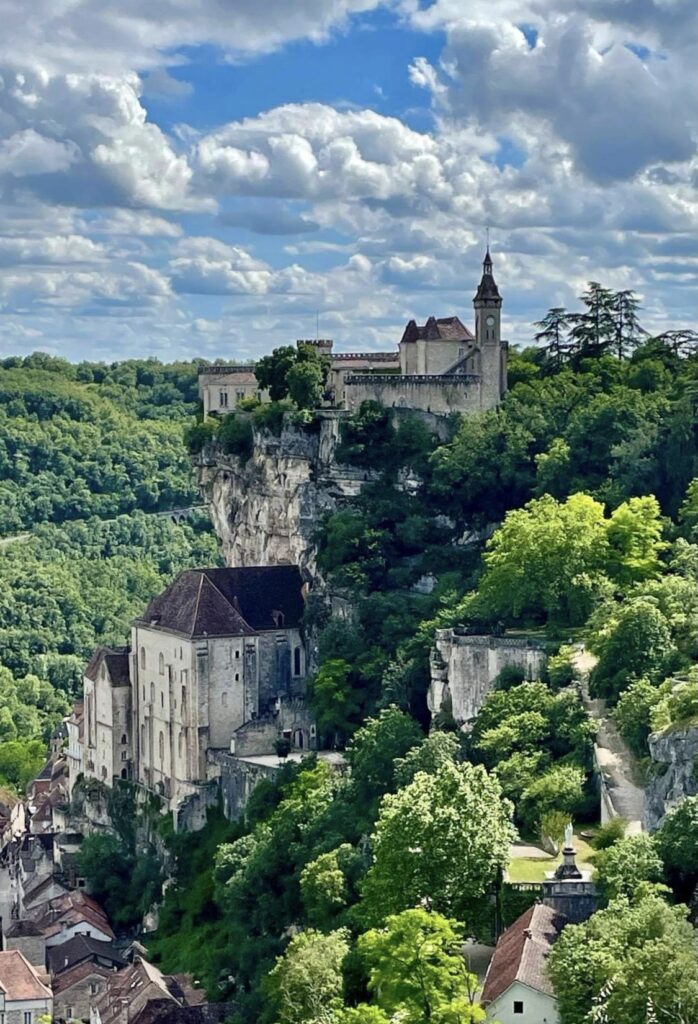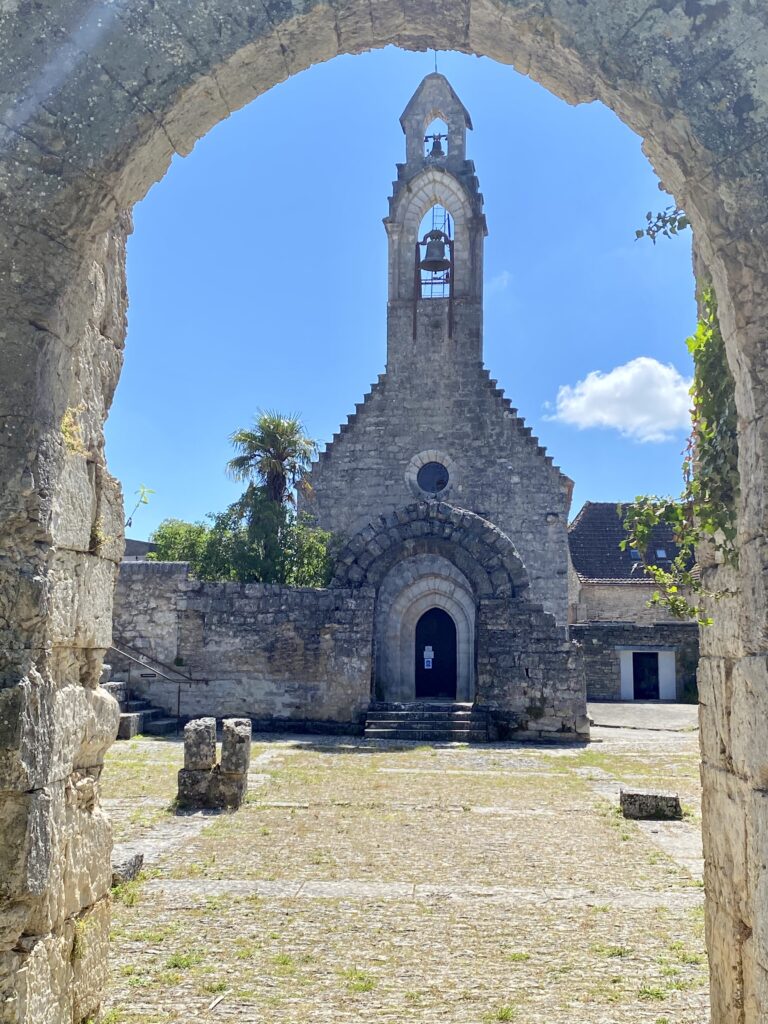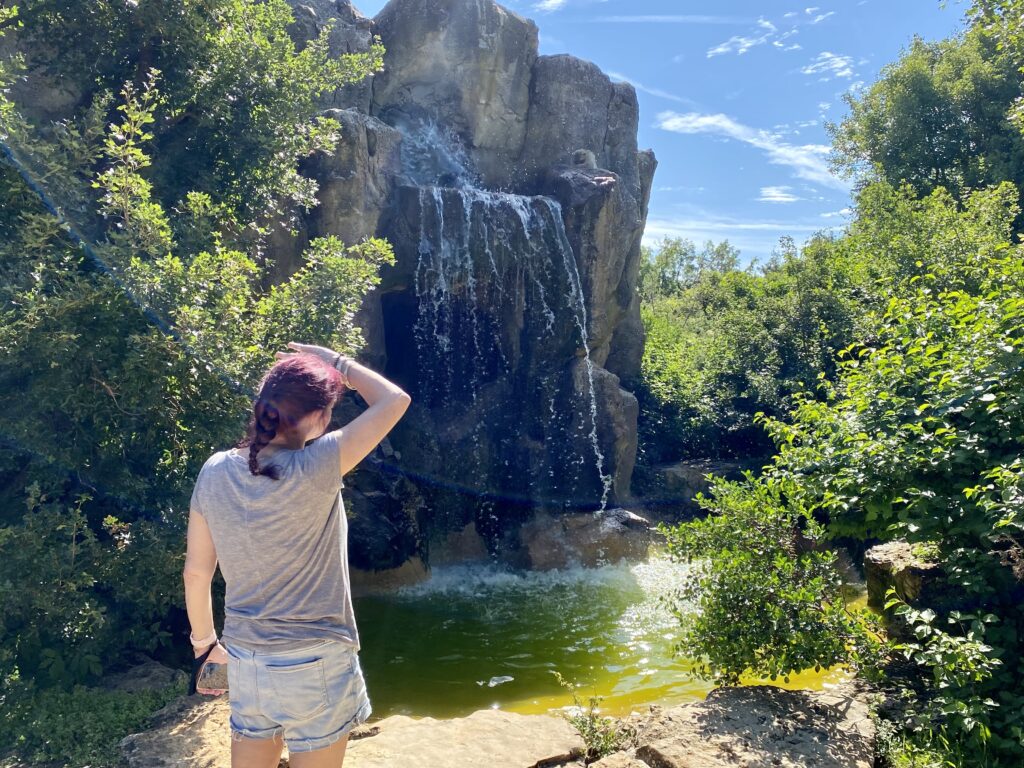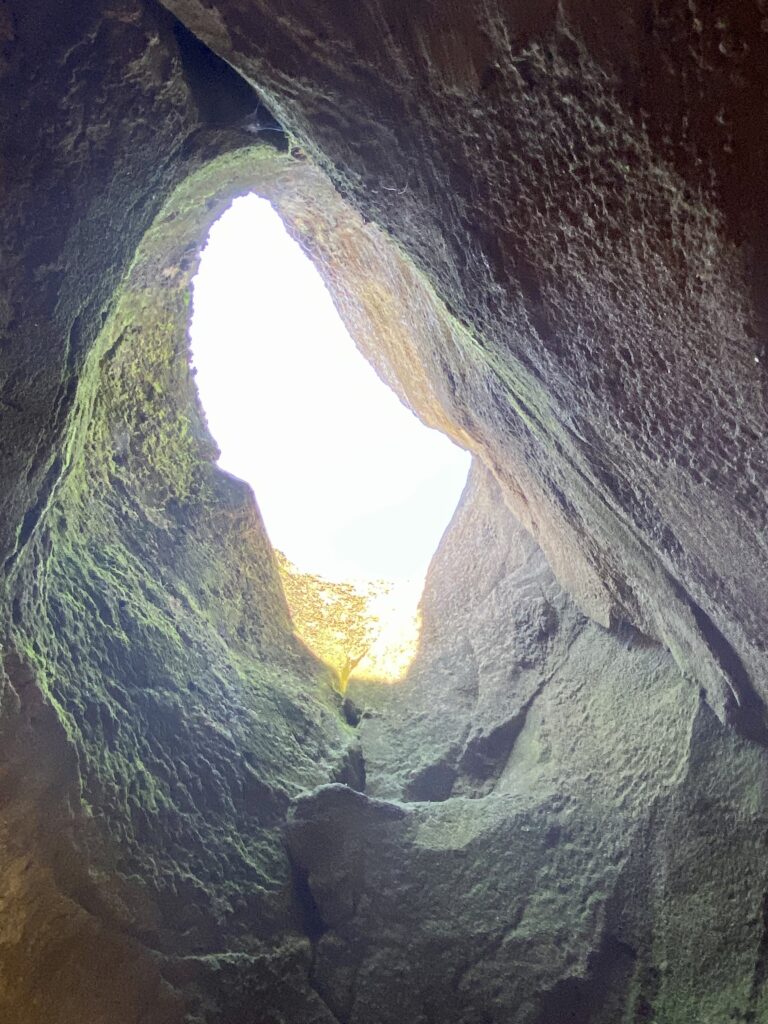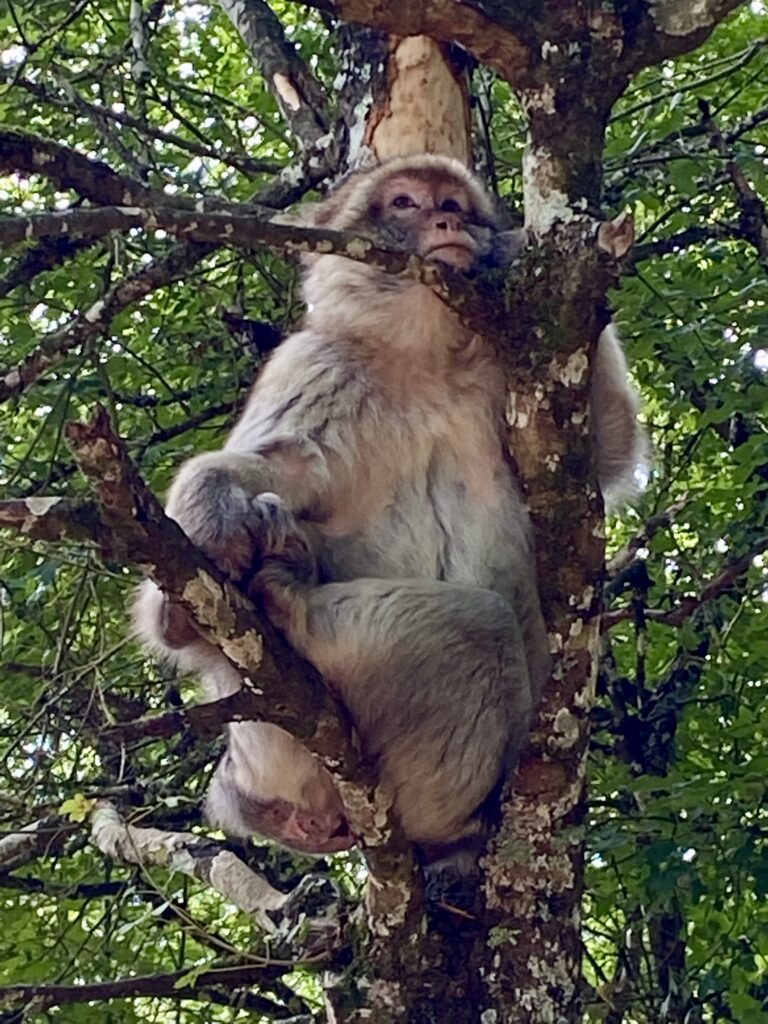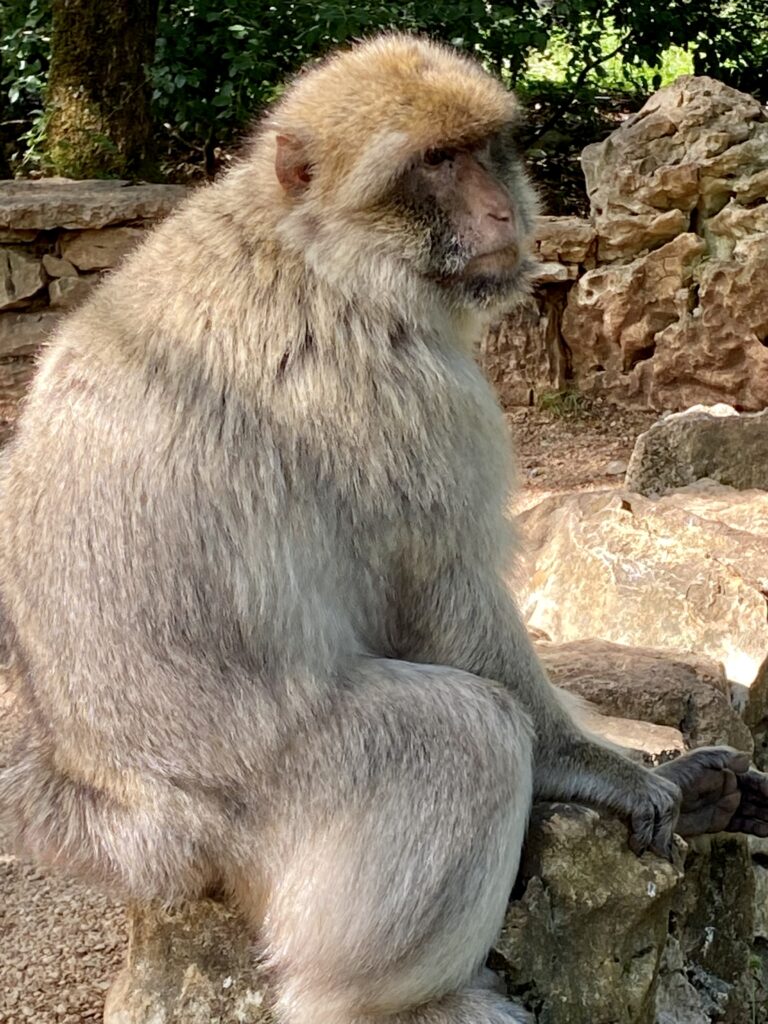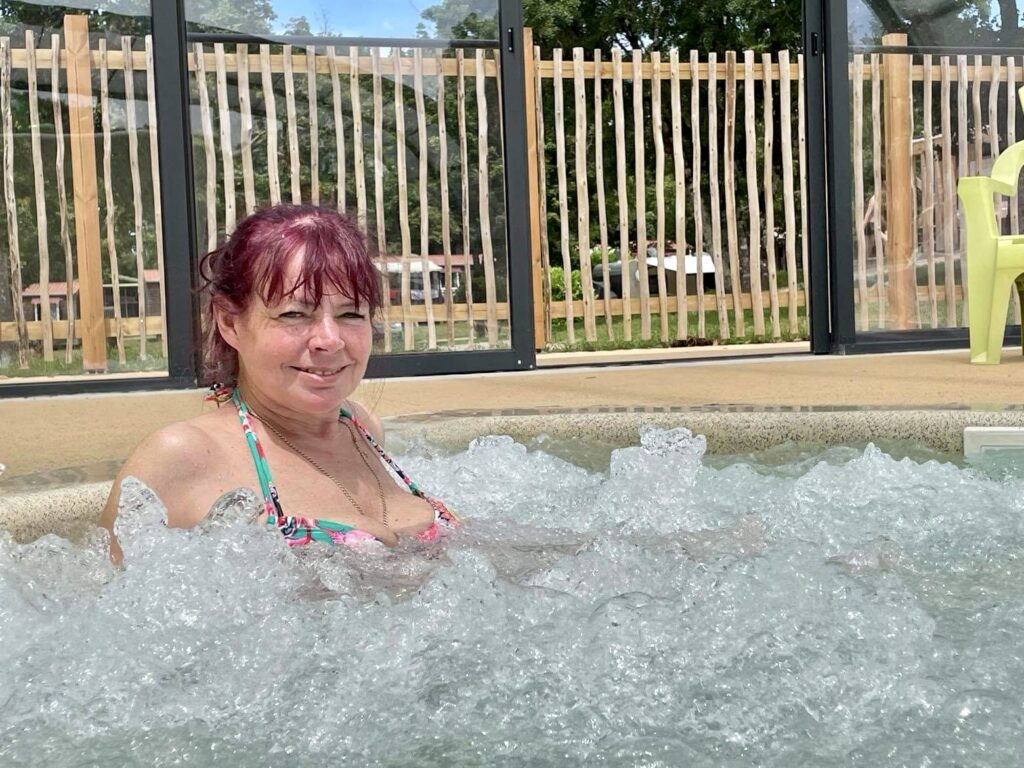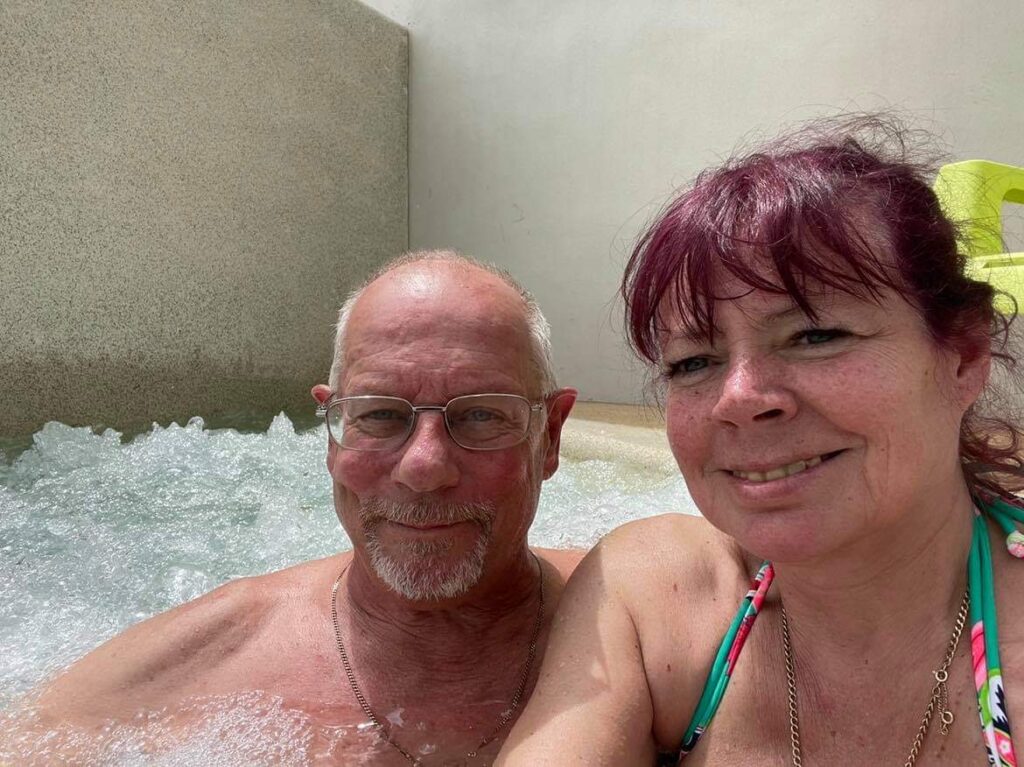I was here a couple of years ago. It is touristy (and I mean very touristy – fridge magnets and toy trains ferrying crowds of people about) but for all that it is very pretty and one of those places that simply has to be seen. More to the point it is within walking distance of La Foret des Singes (the Forest of the Monkeys) which Vanya was desperate to see.
Rocamadour is a small village, well under 1,000 people, built on 3 successive levels into the side of the Alzou Canyon in the Dordogne Valley. It is stunning, especially if you can visit the place when there are no large crowds.
Already a place of some religious significance, in 1166 it became a “must see” destination on the pilgrimage route from Le Puy en Velay in France to Santiago de Compostela in Spain after a perfectly preserved, long dead body was dug up just outside the local church. No one could identify the body but it was deemed “incorruptible” and assumed to be Saint Amadour (a one time local hermit). Call me a cynic if you like but such an assumption could only benefit the local community which was immediately renamed the Rock of Amadour (later bastardized to Rocamadour) and when, just 6 years later, the local Benedictine monks produced a Book of Miracles (126 properly authenticated miracles) – well, the place was made! It’s popularity as a pilgrimage spot grew further after 1244 when King Louis IX (later Saint Louis) visited and, despite all kinds of problems during France’s long and bloody Religious Wars (which amongst other things saw the Huegenots burn the long dead body of Saint Amadour), it is now one of France’s most popular places to visit although nowadays there are many more tourists than pilgrims. Rocamadour is not just about Saint Amadour. There are plenty of other extraordinary events associated with this town – even leaving aside those associated with the Black Madonna (supposedly carved by Amadour) and the Miraculous Bell which rings without human intervention whenever the Madonna saves someone’s life anywhere in the world. There is, for instance, the story of the famous Durandel Sword (a bit like Excalibur) which Roland threw away (so the Saracens couldn’t claim it) as he lay dying at the Battle of Roncevaux. It seems he threw the sword so hard it landed 160 kilometres away in the rock wall at Rocamadour. Now there may be some truth to this legend because I have actually seen the sword which is stuck into the rock wall at Rocamadour!
I mentioned that Rocamadour is split into three levels. The lowest level sits against the cliff face at the bottom of the Alzou Canyon and comprises a single street of medieval stone houses now, sadly, almost entirely given over to tourist shops and bar-restaurants. Cut into the side of the canyon directly over the houses, the second level is the religious heart of Rocamadour and comprises various monastic buildings (churches & chapels) the principal ones being the Sanctuaire Notre-Dame de Rocamadour and the Basilique Saint-Sauveur. Towering over everything and perched at the top of the gorge is the Chateau or castle which was built to protect visiting pilgrims.
The edge of the plateau above Rocamadour, where L’Hospitalet used to be, is predominantly modern and now filled with tourist shops and bar restaurants. Nothing too wrong with that; tourists have as much right as pilgrims to visit such a beautiful place. It is just a shame the tourist shops and restaurants are not confined to this upper part of Rocamadour and that the medieval part is not left as was for visitors (pilgrims and tourists alike) to enjoy.
There are a few places up on the plateau, along with the Chateau, that deserve special mention. The first is the very prominent Chapelle de l’Hospitalet which sits in the ruins of the old hospital which was built way back to tend sick or dying pilgrims.
Also on the plateau is the Grotte des Merveilles with its stalactites, stalagmites and Paleolithic drawings which go back 20,000 BC. It is a very small grotto with a handful of primitive drawings and it in no way compares with the Lascaux cave system and drawings (also to be found in the Dordogne) but, the 45 minute guided tour through the grotto does provide some temporary reprieve from the midday sun.
One of the best places to visit up on the plateau and less than a kilometre from L’Hospitalet is La Foret de Singes (The Monkey Forest) which is a wonderful park of some 50 acres where three troops together comprising 150 Barbary Macaques roam freely. With less than 8,000 living wild (there were 23,000 in 1978) Barbary Macaques are a seriously endangered species. La Foret des Singes provides a wonderful habitat both for the monkeys to thrive and for researchers to study their behaviours. Moreover “La Foret”, in conjunction with three sister parks (one of which is Trentham Monkey Forest in England), has successfully returned entire troops of Macaques totalling some 600 monkeys back into the wild. Our walk through the park lasted just over an hour but it is not a long walk. We enjoyed frequent, sometimes extended stops through a beautiful setting and would have stayed much longer except we were never going to leave the dogs for more than an hour or so.
To end this particular blog I enjoyed two firsts in terms of food during this trip – One was Rocamadour Cheese (Cabecou), made from unpasteurised goat’s milk presented in the shape of a small disk and eaten warm on a slice of walnut bread and with a crisp salad. The other was the king of pates, Pate Foie Gras, made from duck liver specially fattened by gavage. I loved them both. Vanya was not keen on the pate.
Chilling in the pool this afternoon. Not sure where we are heading next. We’ll talk about it over a wine or two later this evening. One thing for sure, it will be hot and sunny.

